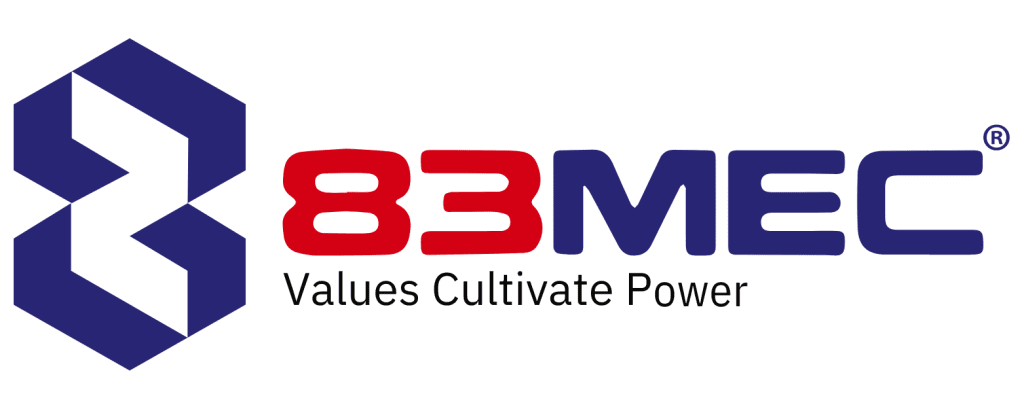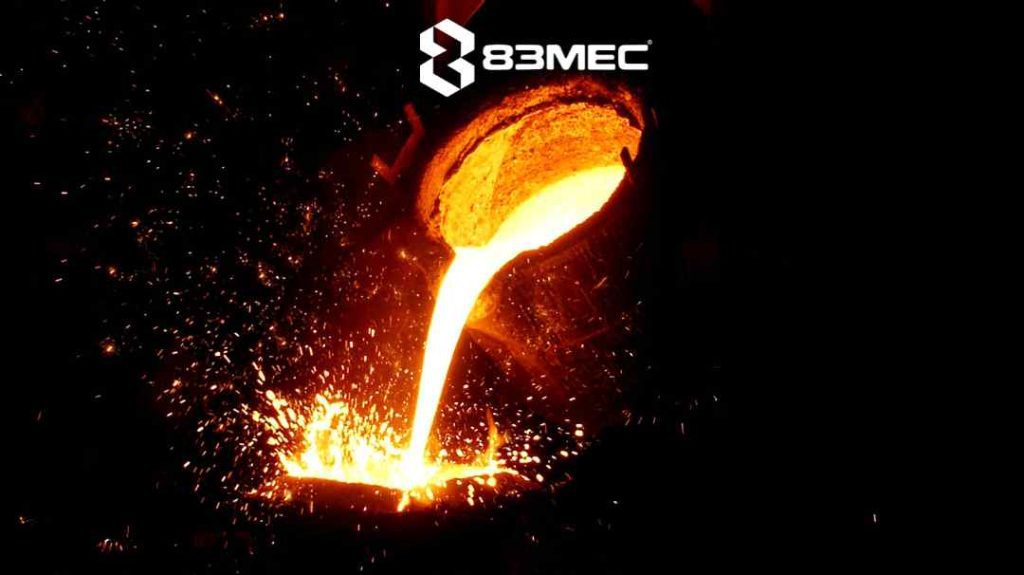Lost wax casting originated in ancient Egypt, Mesopotamia, and India, where it was used to create small metal figurines, jewelry, and ceremonial objects. This technique was later adopted by the Greeks and Romans to produce copper statues, jewelry, and decorative items. Over time, investment casting has become increasingly popular in countries worldwide, including China, Japan, and Africa, for creating intricate metal artworks.
Lost wax casting is a process of casting metal components by pouring liquid metal into a heat-resistant mold. The liquid metal is poured into the mold during the casting process, then cooled and solidified to create the desired metal component. This process is widely used to produce complex metal products of various sizes and shapes, such as fittings, gears, bullet heads, machine casings, automotive parts, and more.
1. What are the advantages and disadvantages of lost wax casting for mechanical manufacturing?
1.1 Advantages of Lost Wax Casting
- Complex and Intricate Designs: Lost wax casting enables the production of intricate and complex metal parts with high precision. It allows for the creation of detailed features, intricate patterns, and delicate textures that are difficult to achieve with other manufacturing processes.
- High Accuracy and Surface Finish: This casting method produces parts with excellent dimensional accuracy and a smooth surface finish. It minimizes the need for extensive post-casting machining, saving time and production costs.
- The versatility of Materials: Lost wax casting can be used with many metals and alloys, including stainless steel, carbon steel, aluminum, bronze, and more. It offers versatility in material selection to meet specific mechanical requirements.
- Material Efficiency: The lost wax casting process optimizes material usage as it allows for the creation of complex parts with minimal material waste. The wax pattern used in the process can be reused or recycled, contributing to material efficiency.
1.2 Disadvantages of Lost Wax Casting
- Cost and Time: Lost wax casting can be more expensive than other casting methods due to the intricate mold-making process, the use of specialized materials, and the additional steps involved. It also requires more time for mold preparation, wax pattern assembly, and shell formation.
- Size and Weight Limitations: Lost wax casting is typically suitable for producing small to medium-sized parts. Large or heavy components may present challenges due to the limitations of the casting equipment and the handling of larger molds.
- Complex Process: The lost wax casting process involves multiple intricate steps, including wax pattern creation, assembly, mold creation, shell formation, dewaxing, and metal pouring. This complexity requires skilled labor and careful attention to detail throughout the process.
- Limited Production Volume: While lost wax casting is ideal for producing complex and low-volume components, it may be less efficient for high-volume production due to the time-consuming nature of the process.
Overall, lost wax casting offers high precision, intricate designs, and material versatility but may be associated with higher costs, longer production times, and limitations in size and volume. It is commonly used for producing high-quality and intricate mechanical components in various industries.
2. Use of lost wax casting in mechanical manufacturing
Lost wax casting, or investment casting, is widely used in mechanical manufacturing for various applications. Here are some of its common uses:
- Automotive Industry: Lost wax casting is utilized in producing various automotive components such as engine parts, transmission components, intake manifolds, exhaust manifolds, and suspension components. It allows for creating complex shapes and precise details required in these parts.
- Aerospace Industry: In the aerospace sector, the lost wax casting is employed for manufacturing critical components such as turbine blades, compressor blades, fuel system parts, and structural components. The process ensures high dimensional accuracy and excellent surface finish, meeting the stringent requirements of the aerospace industry.
- Industrial Machinery: Lost wax casting finds applications in producing industrial machinery components, including gears, valves, pumps, fittings, and connectors. It offers the ability to create intricate designs, precise dimensions, and smooth surfaces, ensuring optimal performance of these machinery parts.
- Marine Industry: Lost wax casting is used in the marine industry for producing components like propellers, impellers, marine fittings, and navigation system parts. It enables the creation of complex geometries and precise details required for efficient marine systems.
- Medical Equipment: Lost wax casting is employed in the manufacturing of medical equipment components such as surgical instruments, orthopaedic implants, dental tools, and prosthetic devices. It provides the precision, intricate designs, and biocompatibility required for these applications.
- Art and Sculpture: Beyond mechanical applications, the lost wax casting is also utilized to create artistic sculptures and decorative pieces. It allows artists to bring intricate and detailed designs to life using various metals and alloys.
Overall, lost wax casting offers versatility, precision, and the ability to create complex shapes, making it suitable for a wide range of applications in mechanical manufacturing. Its ability to produce intricate and high-quality components has made it a preferred choice in industries that require precision and design flexibility.
3. Considerations when using lost wax casting technology in mechanical manufacturing
When utilizing lost wax casting technology in mechanical manufacturing, there are several important considerations to keep in mind:
- Design and Mold Preparation: Pay careful attention to the design of the wax pattern and mold. Ensure that the design allows for proper metal flow, minimizes the risk of defects, and facilitates the extraction of the wax pattern.
- Material Selection: Choose the appropriate wax material for the desired application. Consider factors such as melting temperature, dimensional stability, and ease of pattern removal.
- Mold Material: Select a mold material that can withstand the high temperatures and pressures of the casting process. Common mold materials include ceramic, plaster, and refractory materials.
- Wax Pattern Assembly: Properly assemble the wax patterns, ensuring secure and precise connections. This helps prevent any displacement or distortion during the investment process.
- Investment Casting Process: Follow the recommended procedures for the investment casting process, including investment mixing, wax removal, and mold preheating. Precise control of temperature, time, and investment consistency is crucial for obtaining high-quality castings.
- Casting Parameters: Optimize the casting parameters such as pouring temperature, mold temperature, and solidification time to achieve the desired casting properties and minimize the risk of defects.
- Post-Casting Operations: Plan for post-casting operations such as heat treatment, surface finishing, and machining. These steps are often necessary to achieve the desired specifications and surface quality.
- Quality Control: Implement a robust quality control system to inspect the castings for dimensional accuracy, surface defects, and material integrity. Non-destructive testing techniques, such as X-ray or ultrasound, may be employed to detect internal defects.
- Environmental Considerations: Take into account the environmental impact of the process, including proper waste management and adherence to relevant regulations regarding the use and disposal of materials.
- Expertise and Experience: Utilize skilled technicians and experienced personnel familiar with the intricacies of lost wax casting. Their expertise can ensure the successful implementation of the process and the production of high-quality castings.
By carefully considering these factors, maximizing the benefits of lost wax casting technology and achieving accurate, intricate, and high-quality castings in mechanical manufacturing is possible
In summary, lost wax casting is a high-quality and time-saving machining method in mechanical manufacturing. It allows for producing highly accurate parts with lower production costs than other traditional machining methods. However, strict adherence to production processes and experience in using this technology is required to ensure the quality of the castings.
This article has provided an overview of lost wax casting, its applications in mechanical manufacturing, and important considerations when using this technology. With experience and specialized equipment, 83MEC is a reputable and reliable choice for customers seeking lost wax casting services. For more detailed information, don’t hesitate to contact 83MEC. It would be our honor to serve and address any inquiries you may have.





